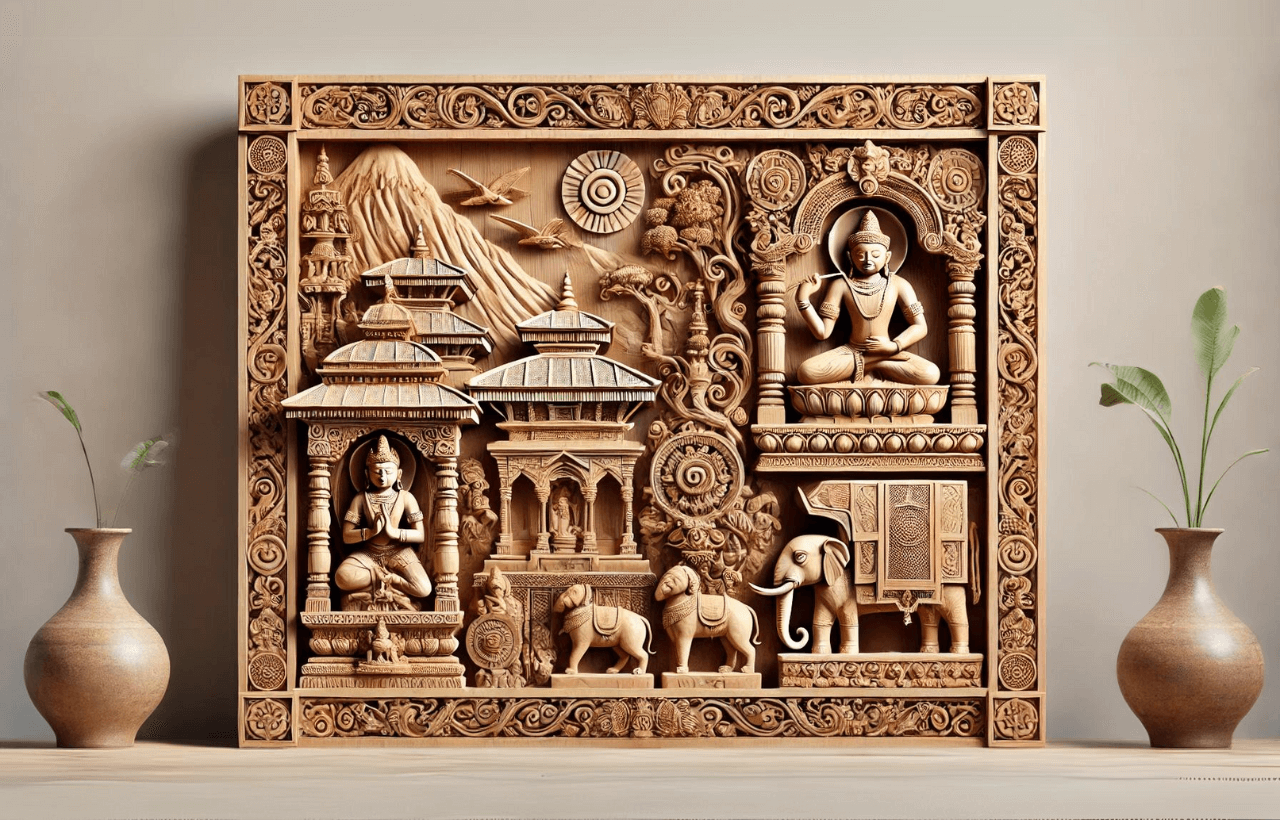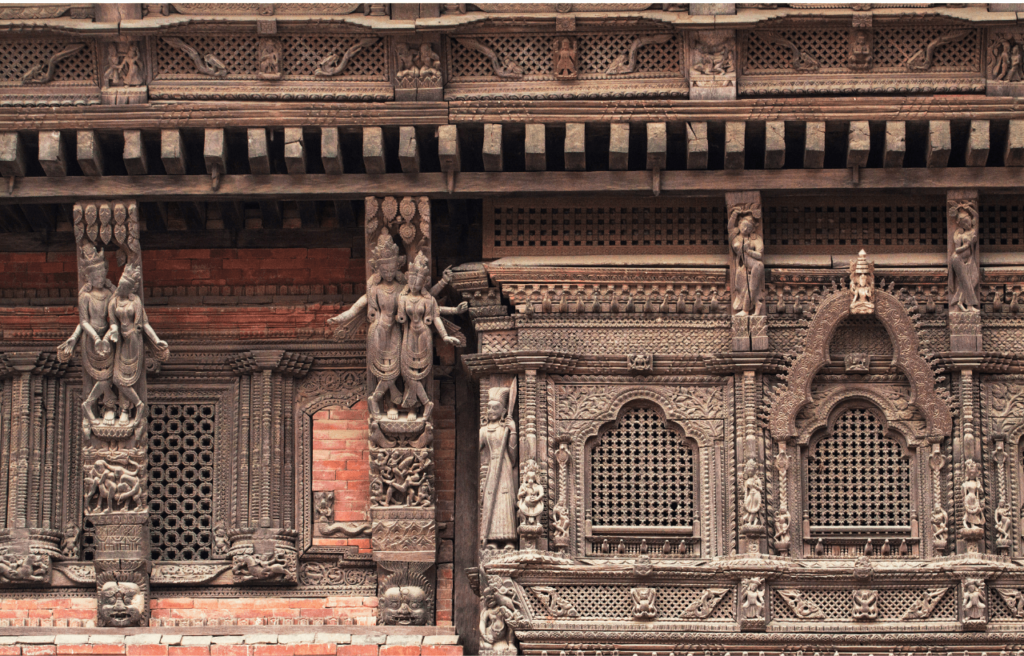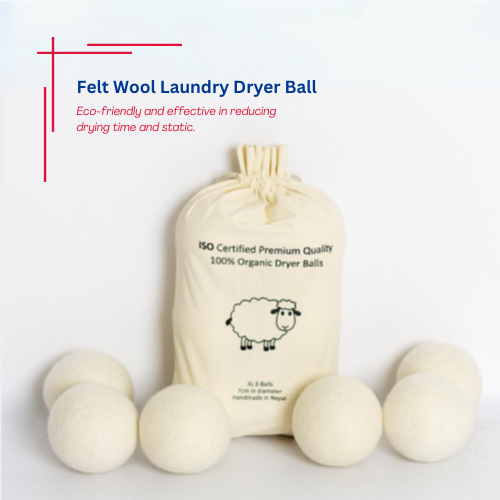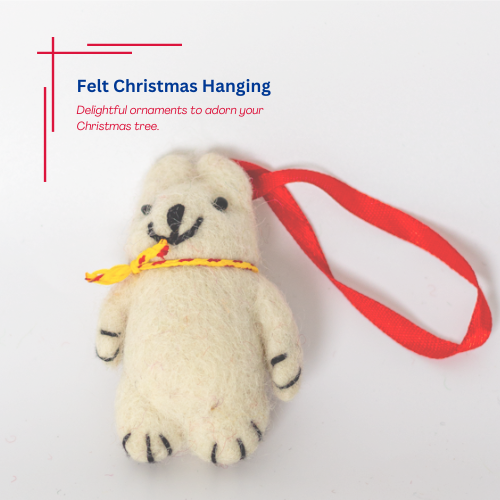Source Nepali Wood crafts

Wooden craft in Nepal is a cherished tradition deeply rooted in the country’s cultural heritage and artistic prowess. Skilled Nepali artisans have honed their craft over centuries, creating exquisite pieces that seamlessly blend utility with intricate design. From intricately carved furniture, decorative items, to religious sculptures and architectural elements, Nepali woodwork exhibits a rich diversity of styles and techniques.These artworks often feature traditional motifs and symbols from Hindu and Buddhist traditions, reflecting deep spiritual beliefs and cultural narratives. Each piece is meticulously crafted using hand tools and techniques passed down through generations, ensuring a superior level of craftsmanship and attention to detail. Woods like teak, sal, and walnut are commonly chosen for their durability and natural beauty.
Today, Nepali wooden craft continues to thrive with artisans innovating while preserving traditional methods, thereby preserving and celebrating Nepal’s artistic heritage and cultural identity.Wood craft from Nepal finds versatile applications in both functional and decorative contexts worldwide. Exquisite Nepali furniture, intricately carved with traditional motifs, enhances interiors with its elegance and craftsmanship. Decorative items like sculptures and wall hangings add cultural depth to global décor themes, reflecting Nepal’s rich heritage. Additionally, practical items such as wooden utensils and storage solutions highlight the durability and aesthetic charm of Nepali woodwork, making it a sought-after choice for both everyday use and artistic display.

Types of Nepali Wood Craft
1. Furniture
2.Sculptures:
3.Decorative Items:
4.Architectural Elements:
Trending Felt Products



Felt making is an ancient craft that has been passed down through generations in Nepal. The process begins with raw wool, which is cleaned and carded to remove impurities. The wool is then dyed using natural dyes derived from plants and minerals, giving it vibrant colors. The actual felting process involves layering the wool and applying heat, moisture, and pressure to bind the fibers together. This can be done using traditional techniques, such as rubbing and rolling the wool by hand, or with modern equipment for larger-scale production. The result is a durable and versatile fabric that can be shaped and molded into various products.


